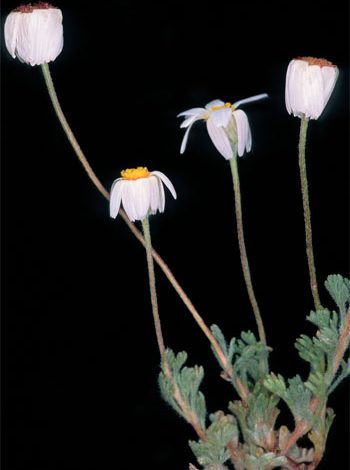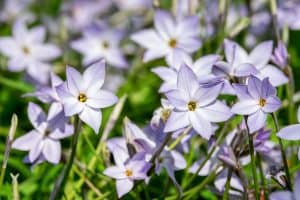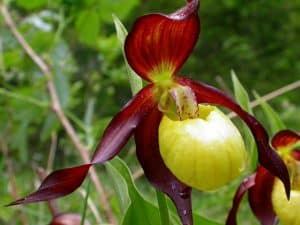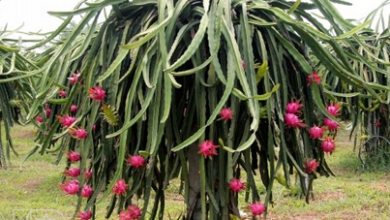Spanish Plants in Danger of Extinction [List + Images]

 In this article we will talk about some ofthe main Spanish plants in danger of extinction.But first, let’s take into consideration some important points.
In this article we will talk about some ofthe main Spanish plants in danger of extinction.But first, let’s take into consideration some important points.
Endangered plant species can be found all over the world.
Regardless of the region where they are found, all these species share a common factorthat promotes its extinction: and it is that none of them represent a significant present value -commercial or any other- for the human race.
This lack of usefulness has largely discouraged all efforts to promote its conservation.
In various areas, the effects of climate change, deforestation and land development have also played a fundamental role in the disappearance of these species.
In other cases, it is a problem caused by different devastating pests and diseases.

What Spanish plants are in danger of extinction?
In Spain, specifically, we can find more than 300 species and subspecies of plants in critical danger of extinction. Likewise, about 270 moderately endangered and about 600 vulnerable species and subspecies can be counted. Among the most important Spanish plants in danger of extinction we find:
Alliaceae (Allium rouyi Cout)
It is a herbaceous plant of the amaryllidaceae family, like garlic and onion. Thought to be extinct, a population of the plant was rediscovered in 1995.
After this discovery, Allium rouyi was considered critically endangered. However, there is research that shows that A. chrysonemum Stearn and A. reconditum Pastor are synonyms of A. rouyi, and therefore, the distribution of this species extends throughout the south of the Iberian Peninsula.
Api d’en Bermejo (Apium bermejoi)
Species of flowering plant in the family Apiaceae. It is currently only found in the northeastern part of Menorca, in the Balearic Islands of Spain. In two populations, there are fewer than a hundred individuals surviving. It is threatened by habitat loss.
Catfish (Silene hifacensis)
It is found in some towns in Valencia and Ibiza. Its reproduction has been complicated due to the increasingly scarce number of specimens. This, in addition, complicates its collection for controlled conservation.
Dragon Tree of Gran Canaria (Dracaena tamaranae)
It is a Solanaceae, quite affected by residual agriculture and occasional grazing. Currently, a reduced population survives in the Azuaje Special Nature Reserve.
Canary Strawberry Tree (Arbutus canariensis)
Originally from the Canary Islands, it is a tree that reaches up to 15 meters in height. It grows preferably in steep, sunny and humid areas, on ridges or slopes.
It is threatened by habitat loss.
Narcissus of the Sierra de Alcaraz (Narcissus alcaracensis)
It is a kind of bulbous plant belonging to the amaryllidaceae family, endemic to Albacete, whose natural habitat is rivers and wetlands.
It is considered endangered due to habitat loss.
Clog Orchid (Cypripedium calceolus)
Also known as «lady shoe». It is a kind of orchid with a yellow clog-shaped petal. Currently, in Spain, it only grows in the Pyrenees.
Sea Pineapple (Atractylis preauxiana)
It is originally from the Canary Islands. Their habitat is about to disappear due to the expansion of cities.
Spanish fir (Abies pinsapo)
It is a fir tree that is located in very specific points of the Andalusian mountains, with a Mediterranean mountain climate where rainfall abounds.
Four-leaf clover (Marsilea quadrifolia)
It is extinct in Spain and Poland, and it is a vulnerable species in Eastern Europe. However, it still exists in certain areas of Europe. One of the causes that endangers it is crops treated with chemicals, many of which pollute the water in which they live.


![Photo of Thuja Orientalis: [Cultivation, Irrigation, Associations, Pests and Diseases]](https://www.complete-gardening.com/wp-content/uploads/2021/06/Thuja-orientalis-390x220.jpg)

![Photo of Prune an Holm Oak: [Importance, Time, Tools, Considerations and Steps]](https://www.complete-gardening.com/wp-content/uploads/2021/06/Podar-una-Encina-390x220.jpg)